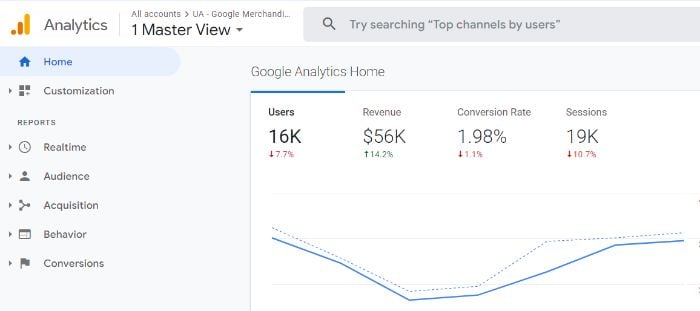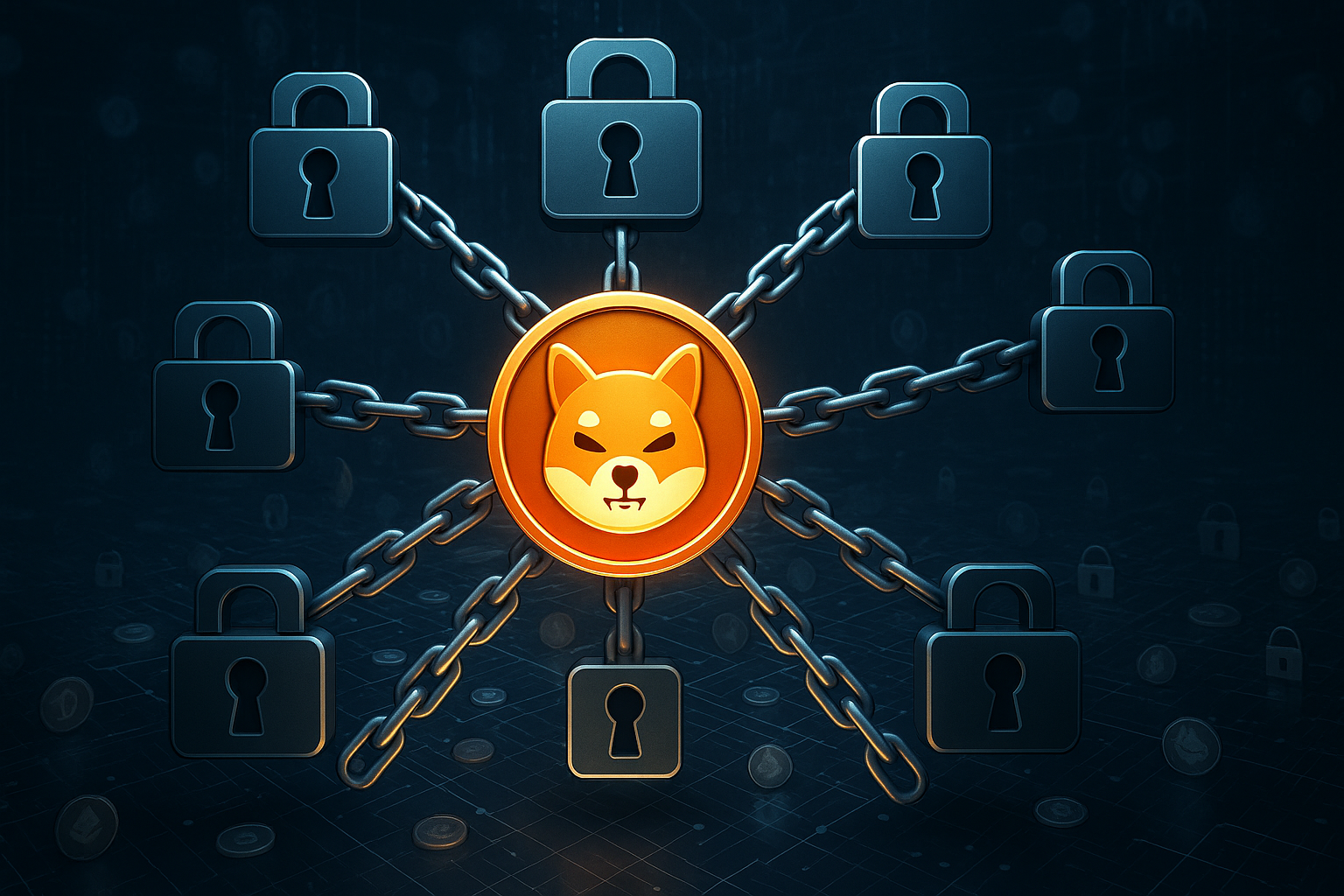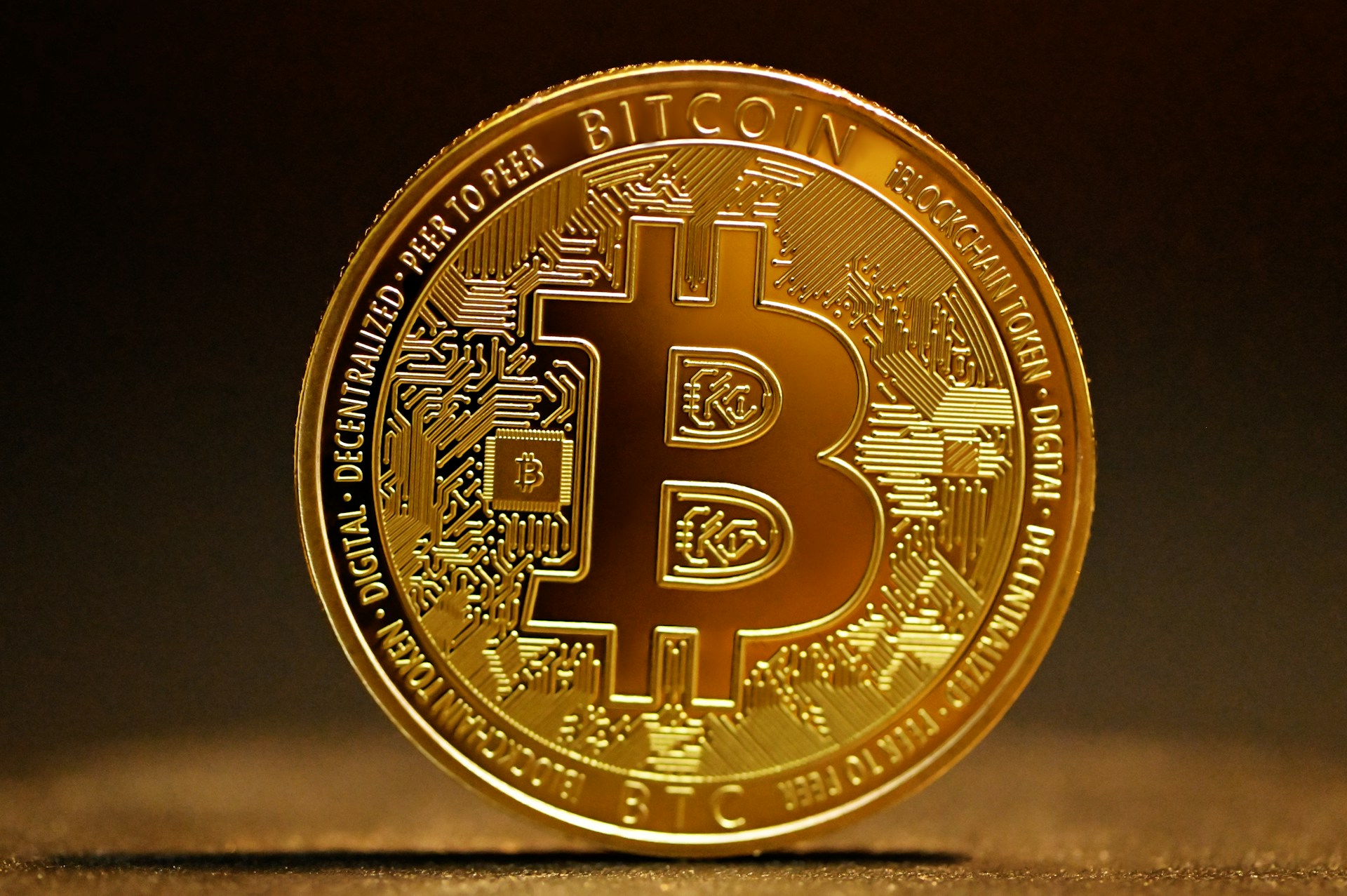How the Internet of Things Can Improve Staff Management and Workspace With Big Data
IoT-based devices help each of us personally become better. Employers may use them to make work more efficient, productive, and enjoyable. Also, all the Big Data gathered by IoT devices has great potential for workspace. Market Research Future, an...

IoT-based devices help each of us personally become better. Employers may use them to make work more efficient, productive, and enjoyable. Also, all the Big Data gathered by IoT devices has great potential for workspace. Market Research Future, an Indian research firm, estimates that the global enterprise IoT market will grow to $58 billion by 2023. Businesses would spend a significant part of this money on staff management and workspace.
Internet of Things (IoT) is the concept of a data network between devices. Inside the IoT, people can communicate with “things,” and “things” can communicate with each other. The Internet of Things connects devices to a computer network and allows them to collect, analyze, process and transmit data to other entities through software, applications, or technical devices.
IoT devices function independently, although people can configure them or provide access to data. Devices on the Internet of Things collect a lot of information, that is why the Internet of Things is a significant factor in the growth of Big Data.
Big Data and IoT are two completely different yet complementary concepts. Big Data describes everything related to data or information that people receive and share. It’s all about the ability of organizations to use as much data as possible in their daily business activities.
IoT describes the devices, solutions, and services associated with those devices and solutions. This is everything related to data collection, their analysis in real-time for events, or samples of interest for a new understanding of all business components. According to International Data Corporation (IDC) forecast, there will be 55.7 billion devices connected to the Internet of Things by 2025, which would generate 73.1 zettabytes of data.
In recent years, there has been a steady increase in connected devices. Here are just a few main results of a competent approach to integrating IoT solutions:
Reduction of production costs.Informed management decisions.Growth in labor productivity.The consulting company Accenture notes that by 2030 the total contribution of the Internet of things to the economy will be estimated at 14 trillion dollars.
Creating a Comfortable Working Environment
Staff often have problems with the temperature in the workplace, and the concept of comfort here is often a source of controversy among colleagues. And yet, this problem is easily solved with a combination of various IoT applications and Big Data.
You can install an IoT system at each workplace and set personal temperature, air humidity, and other parameters for a particular employee. The air conditioning system will learn to maintain these settings over a long period based on the initial settings and then adapt the results to provide a comfortable environment.
One good example of such an IoT system is Google’s Nest Thermostat. It considers users’ preferences when they manually set the parameters of living conditions so that they can independently adapt to their needs. In addition, the system saves electricity by as much as 60%.
Virtual Interaction
IoT technology can be used to implement the concept of virtual presence. In this way, you can interact with people thousands of miles away, as if their workplace was nearby.
Based on IoT, self-guided robots have been developed that imitate a personal meeting and movement that a remote user sets. For a more realistic interaction, IoT uses motion tracking sensors, the so-called eye-tracking, motion tracking systems, and 3D controllers that allow you to work in three-dimensional space. The Internet of Things provides such a level of feedback that the user literally feels his presence during a virtual meeting. This allows managers and administrators to be constantly in the work process, wherever they are.
Optimization and Performance Improvement
IoT-based solutions will enable employees to do more in less time. Technology can help people complete large-scale tasks faster without making mistakes.
The Internet of Things helps to control the entire production process in real-time, from checking and monitoring inventory to managing workers. All it takes is connecting IoT sensors to the tools and devices. Now they are IoT-enabled and can be connected to a centralized system that manages the workflow. All this increases the company’s overall productivity, thus creating better conditions for its development.
Workplace Safety
With the help of IoT, it is easy to create the proper level of comfort for each employee. But if you add connected devices that help increase the efficiency of operations performed, we can talk about an increase in labor productivity. Also, by controlling the workflow, IoT devices will warn in time about equipment failures or dangerous situations at work.
However, another critical aspect that requires serious attention is the security of data generated and stored by connected devices. This data and arrays of Internet traffic can be used for practical purposes. This is why privacy and security issues are fundamental when implementing IoT and Big Data.
Access Control Systems
IoT technology can replace the system of access control. Many companies already use modern electronic access control systems that do not need any key. They don’t even need a password or access card to allow employees to enter their workplace.
In the workspace or outside it, the value of technology and applications depends on whether the data is useful, valid, and complete. Too little or incorrect information can lead to misleading and useless analysis; too much data creates a problem, giving managers an ocean of numbers but no understanding of how to prioritize or act.
Before equipping your employees with smart devices and ID badges, you should carefully consider your goals: what problem are you trying to solve? Start with the business problems you want to solve, and then decide what data you need.
IoT and Big data are bringing significant changes to the workflow of companies and enterprises, freeing up time from unproductive activities and increasing labor productivity. However, in addition to the advantages, such as the creation of comfortable working conditions and the possibility of remote interaction, privacy and security issues are waiting to be resolved.

 FrankLin
FrankLin 































